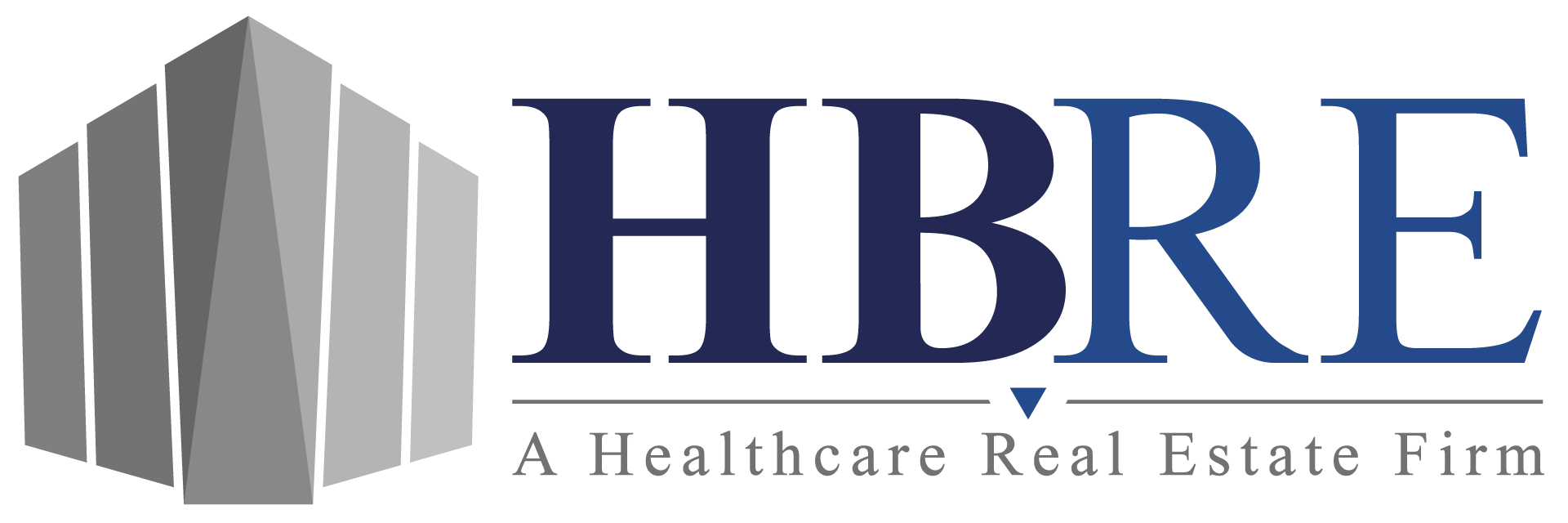The healthcare real estate sector presents unique investment opportunities, especially when you can identify markets that are undervalued yet have significant upside potential. Such markets offer the allure of lower initial investments and substantial growth prospects, particularly as demographic shifts and healthcare delivery models evolve. This article provides strategic insights on how to recognize these opportunities, ensuring that investors can make informed decisions and maximize their returns.
Understanding the Drivers of Value in Healthcare Real Estate
Before delving into the specifics of identifying undervalued markets, it is crucial to understand what drives value in healthcare real estate. Several key factors influence market dynamics including demographic trends, healthcare policy changes, and innovations in medical technology. Additionally, the overall economic health of an area, accessibility to major highways and public transportation, and proximity to large population centers or medical hubs can significantly impact the desirability and thus the value of healthcare properties.
Analyzing Demographic Trends
Demographic shifts provide pivotal insights for healthcare real estate investment, particularly in regions experiencing significant changes like an aging population or rapid population growth. Areas with a growing number of elderly residents, for example, may require additional healthcare facilities such as assisted living communities and specialized outpatient clinics to cater to their needs. This trend highlights opportunities for developing properties that support aging comfortably and accessibly.
Moreover, regions witnessing overall population increases, especially with younger demographics, will likely see a demand spike for family-oriented healthcare services including pediatrics and obstetrics. These areas might also benefit from wellness-focused facilities, responding to a younger population’s preference for preventative healthcare. Additionally, understanding the socioeconomic makeup of these regions helps tailor healthcare real estate investments to meet specific community needs, whether that’s luxury medical offices in affluent neighborhoods or more subsidized healthcare solutions in lower-income areas.
Investors can leverage tools like geographic information systems (GIS) to analyze these trends and pinpoint areas with underserved medical needs or significant growth potential. By aligning investment strategies with demographic data, healthcare real estate can not only meet the emerging market demands but also ensure robust returns, enhancing community health outcomes and investor profitability simultaneously.
Healthcare Policy and Technological Advancements
Healthcare policies, such as changes in government funding for healthcare services, insurance reforms, or shifts in outpatient care incentives, can create new opportunities in previously undervalued markets. Similarly, advancements in medical technology that enable new types of treatments or change the logistics of healthcare delivery (like telemedicine) can increase the need for specialized real estate solutions. Staying informed about these changes is essential for identifying markets that are likely to grow in value.
Economic Indicators and Infrastructure Development
Economic stability and growth are fundamental to real estate investment success. Regions with strong economic indicators typically see a higher demand for healthcare services, and therefore healthcare real estate. Infrastructure developments, such as new highways, public transport expansions, or major commercial projects, can also be harbingers of growth, making nearby real estate potentially undervalued relative to its future potential.
Conducting a Competitive Analysis
To determine if a market is truly undervalued, conduct a competitive analysis of existing healthcare facilities in the area. Look for markets with limited competition or where existing facilities are aging or inadequate. Markets with older healthcare properties that are not equipped to handle modern healthcare demands present a significant opportunity for development or refurbishment.
Case Studies and Historical Data
Investigating case studies of successful healthcare real estate investments in similar markets can provide insights into what might work in a new target area. Historical data on property values, rent prices, and occupancy rates in specific regions can also help identify patterns that signal undervalued opportunities.
Leveraging Expertise in Healthcare Real Estate
Partnering with a specialized healthcare real estate firm like HBRE can significantly enhance an investor’s ability to identify and capitalize on undervalued markets. With extensive industry knowledge and a deep understanding of market dynamics, HBRE provides clients with the insights needed to spot opportunities that others might overlook.
Taking Action
Identifying undervalued markets in healthcare real estate requires diligent research, a thorough understanding of market drivers, and a strategic approach to investment. By focusing on demographic trends, economic indicators, and competitive landscapes, and by staying informed about healthcare policy and technological advancements, investors can spot high-potential investment opportunities.
At HBRE, we are dedicated to guiding our clients through the complexities of healthcare real estate investment. Our expertise allows us to identify undervalued markets that offer significant growth potential, ensuring that our clients can make strategic, informed decisions. Reach out to us at [email protected] to learn more about current opportunities in healthcare real estate and how to maximize your investment returns with strategic acquisitions. Together, we can explore the potential in undervalued markets and achieve outstanding results in this dynamic sector.




